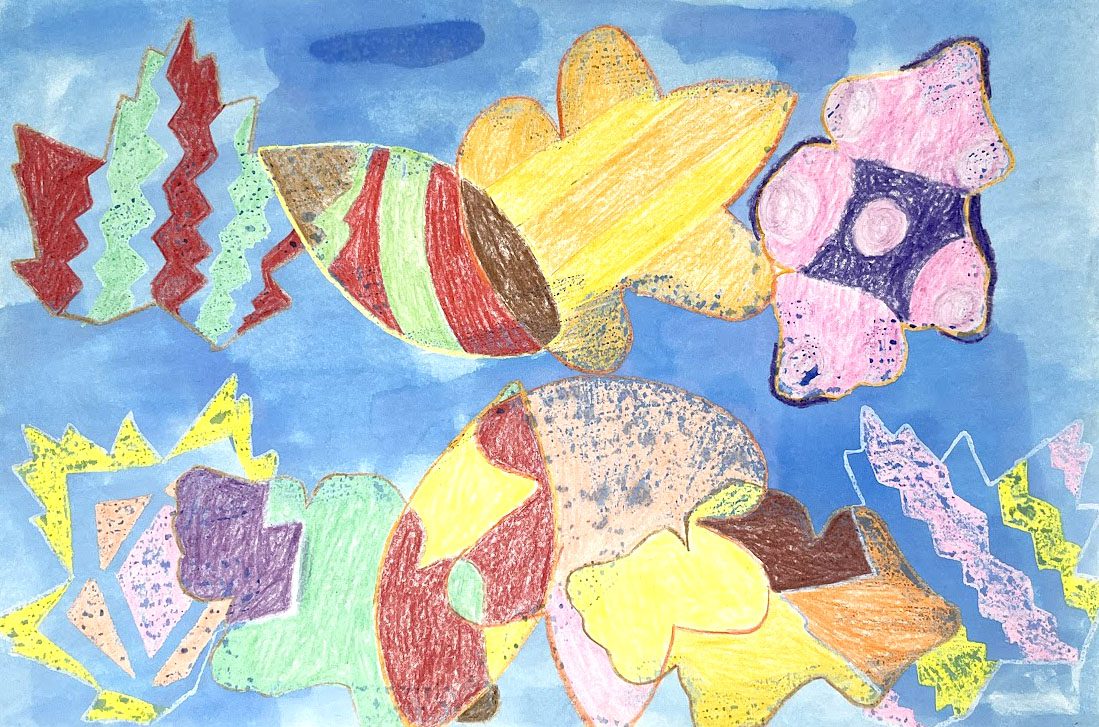Nature, at its very core, can revitalize and rejuvenate. It has the power to lower stress levels and improve mood. These notions are reason enough for art teachers to get students to create outside, use nature to make art, or make nature the subject of a masterpiece. Teaching a classic landscape lesson or environmental art project is fun and thought-provoking, but let’s see how we can put a spin on nature in the art classroom.
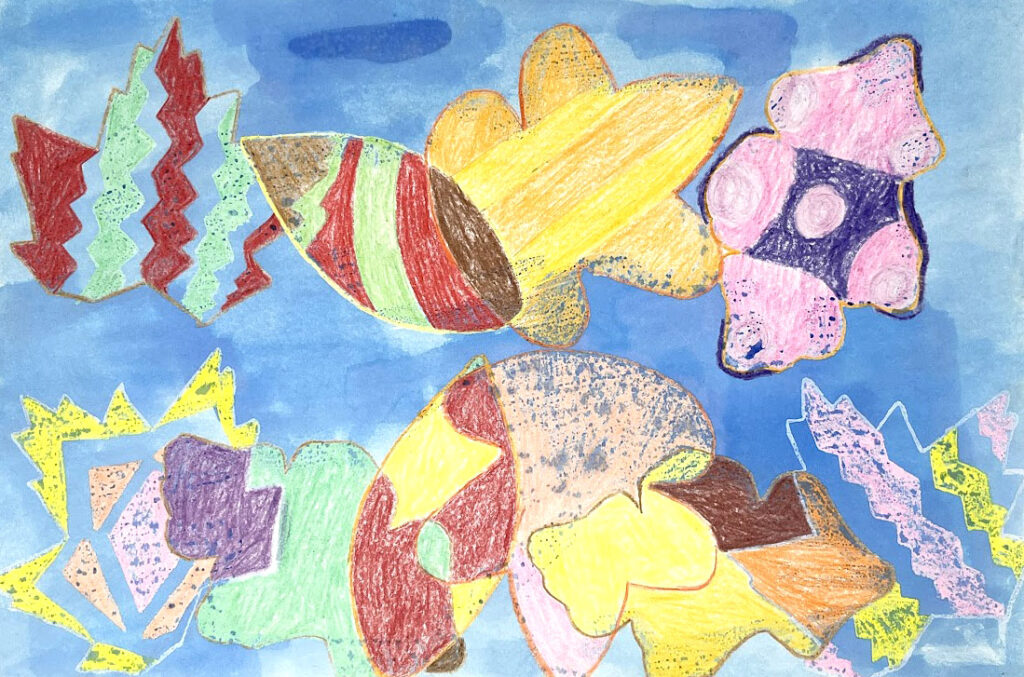
First, let’s look at some questions to consider before starting a nature lesson.
- Consider how nature will be used.
Do you want students to make art about, with, or in nature? - Think of the overarching goal.
Is this an art sensory experience, exploration, art history lesson, philosophical reflection, observation lesson, or science infusion? - Plan the execution.
Did you troubleshoot all of the lesson steps?
Will the students need to go outside?
If so, what is your backup plan for inclement weather?
Do you have administrative permission to take classes outdoors?
How can you ensure that the lesson will be accessible to all students?
Will students collect, observe, take notes, or draw? - Know the supplies you will need.
Do you know what supplies you have and will need to make this lesson happen?
Did you include basics like paper towels, spare pencils, and a pencil sharpener to eliminate trips back to the classroom?
Is everything in an accessible location and packaged for easy transport outside?
Now that you have pondered some considerations, let’s look at three ways to incorporate nature into your art curriculum.
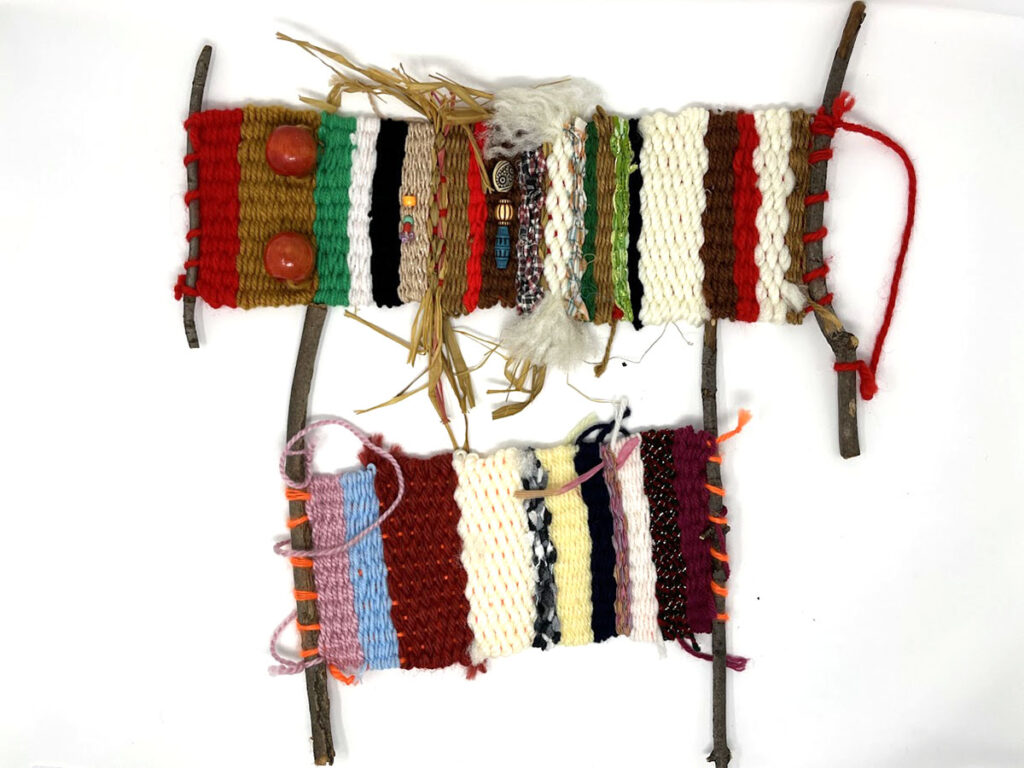
1. Outdoor Lessons
Getting students outside is a fun experience. It lets them know art is not limited to the four walls of the classroom. The Hudson River School artists are proof of this type of artmaking experience. Try en plein air sketching for something quick and fresh. Have students of all ages make paper kites, then go outside and fly them! Check out these two articles (1, 2) for more outdoor lesson ideas and connections!
2. Nature as Media
Using nature can be a fun, exploratory way for students to create. It can add meaning and novelty to the artmaking process, which makes a lasting impression on a learner’s memory. It also provides a new tactile experience and stretches students’ understanding of what art can include.
Here are some ways to use nature as a medium:
- Collect various natural items to make prints.
- Make a collage or press with leaves, bark, or flower petals.
- Grind and mix homemade paints with fruits, berries, or veggies.
- Use plant materials to make homemade paper.
- Reimagine nature items as an element in a mixed-media project.
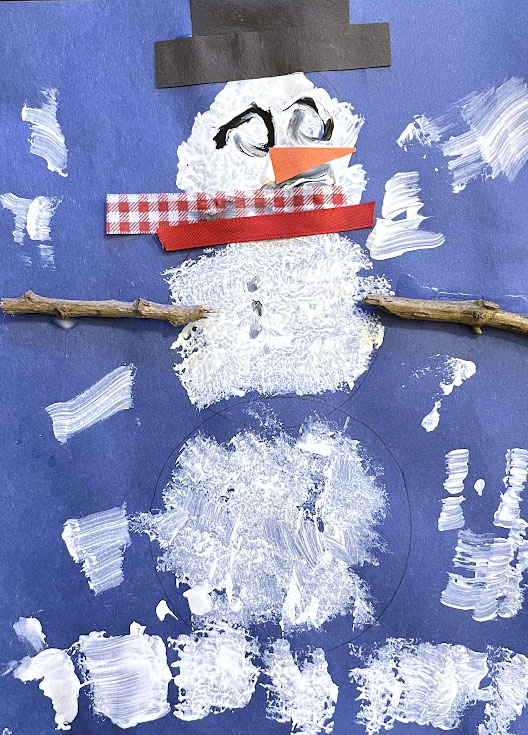
3. Nature as Subject
Artists have explored nature as the subject matter for centuries. Traditional artwork can include landscape paintings, perspective drawings, and still lifes.
To keep things fresh and exciting, here are some lesson ideas that use nature as a subject in a slightly different way:
- Biomimicry
This is an up-and-coming science field that uses nature to inspire sustainable design. Students invent something and sketch an engineering prototype. - Architectural Drawings
Study the architect Frank Lloyd Wright and one of his masterpieces, Falling Water. Discuss how he designs structures to fit their specific landscape through form and material use. - Nature Abstraction Paintings
Students observe a natural object like a leaf, rock, or pinecone. Sketch some quick studies to demonstrate observational skills. Then, abstract their chosen object in some way once back in the classroom. - Finish the Artwork
Students find images of elements they would find outside. For example, students cut out pictures of grass, trees, clouds, flowers, animals, etc. Collage the elements together to form a new, original scene. Fill in any gaps with drawing or painting.
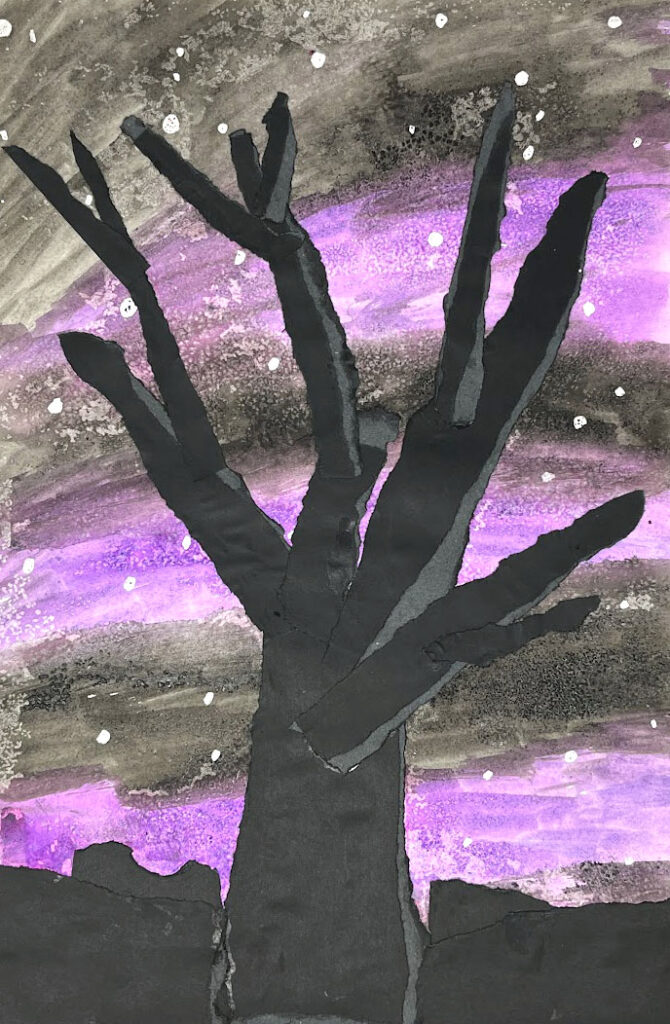
Infusing nature into the art classroom does not always mean sticking to traditional routes. It is acceptable and enthralling to take students off the beaten path or even create out of their comfort zone. For some, this may mean making art outside. For others, this may mean collecting items from nature to use in their art.
Take a look at what you have created thus far in the school year: subject matter, media choices, methods of creating, and more. Consider how you can add a nature component for next year’s students. Or, select a popular project and do a “Part 2” with a nature twist! Whatever you decide to do, remember that even the smallest touch of nature in your next lesson can make a big difference!
What are some of your favorite ways to sneak nature into your curriculum?
Do you prefer taking classes outside, incorporating nature as a medium, or using it as the subject?
Magazine articles and podcasts are opinions of professional education contributors and do not necessarily represent the position of the Art of Education University (AOEU) or its academic offerings. Contributors use terms in the way they are most often talked about in the scope of their educational experiences.
